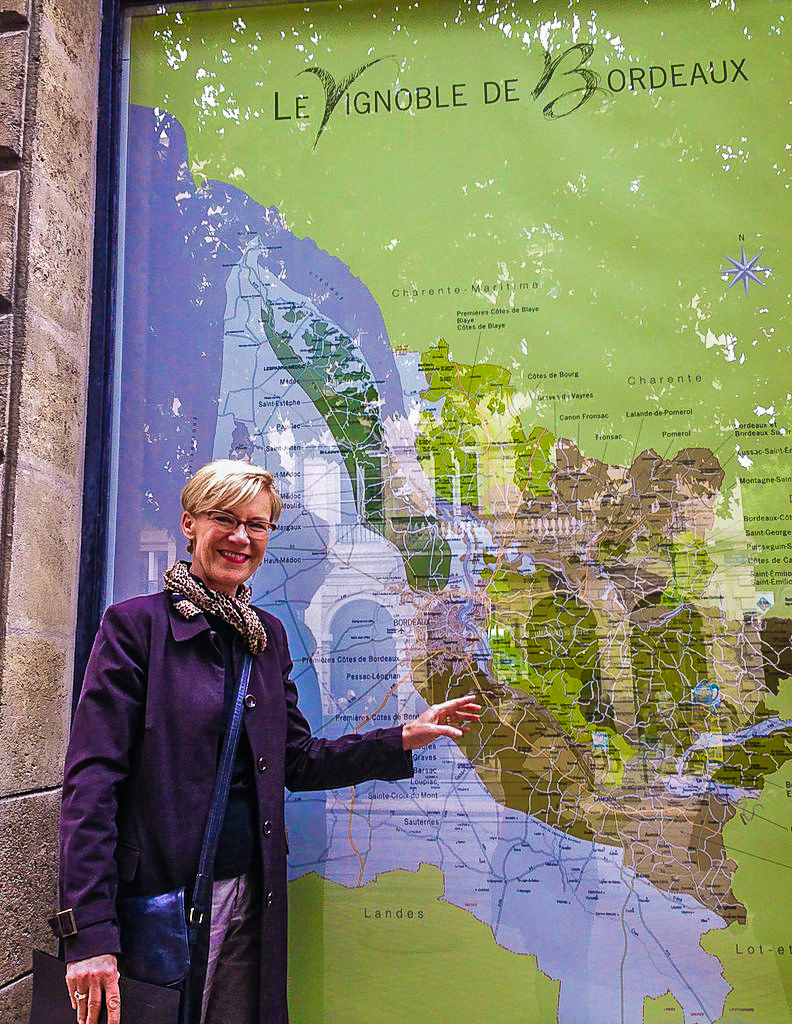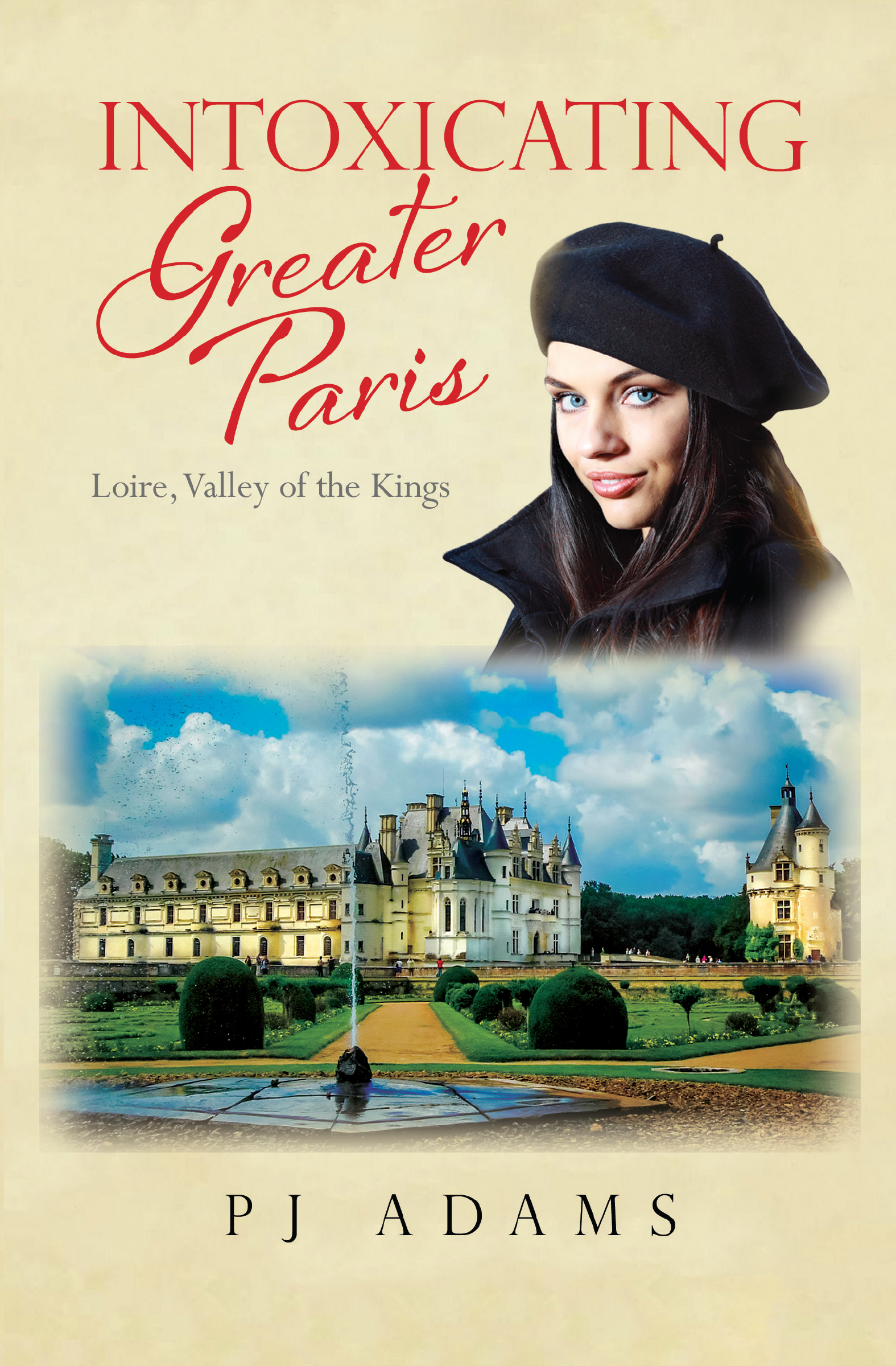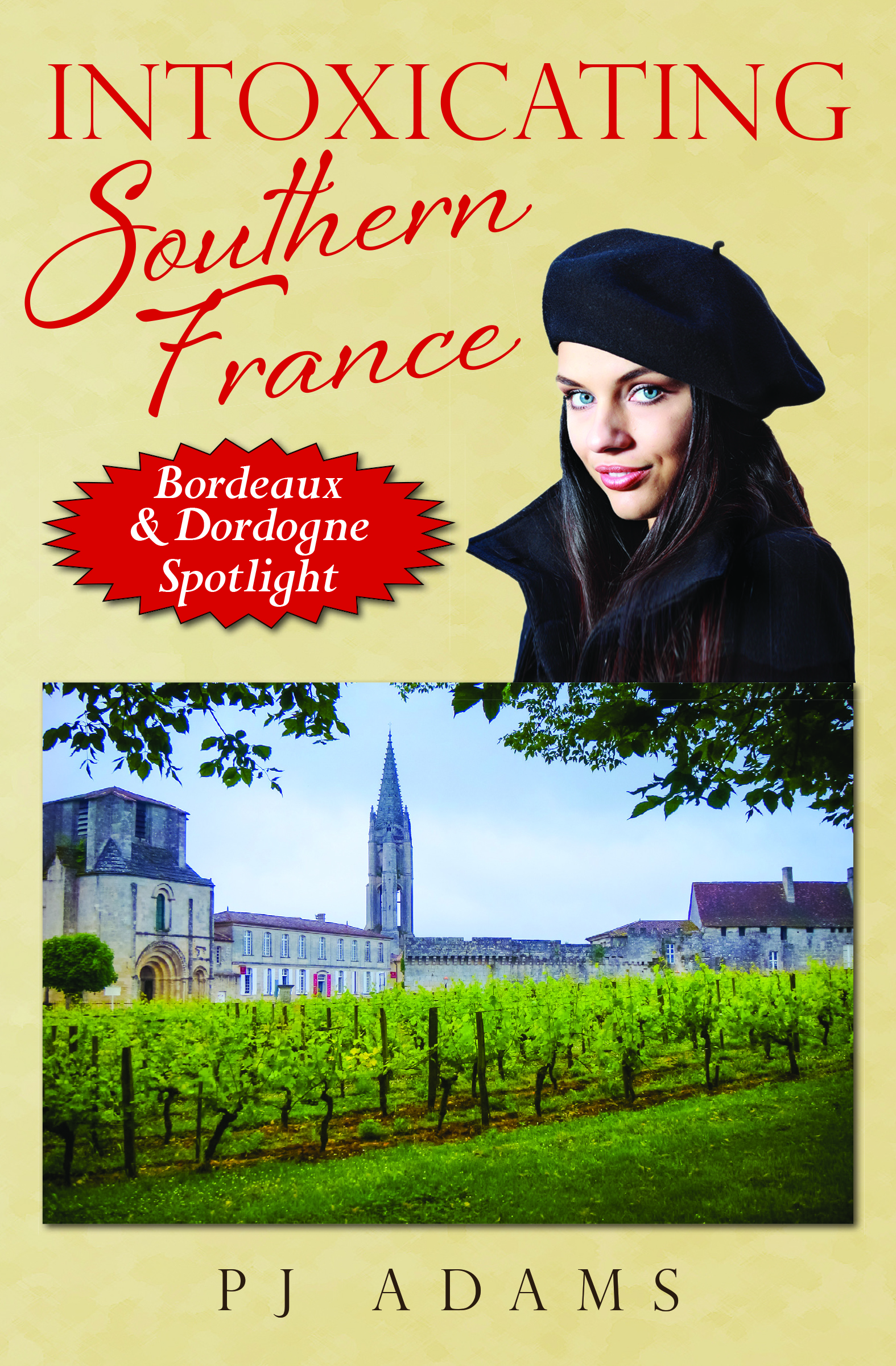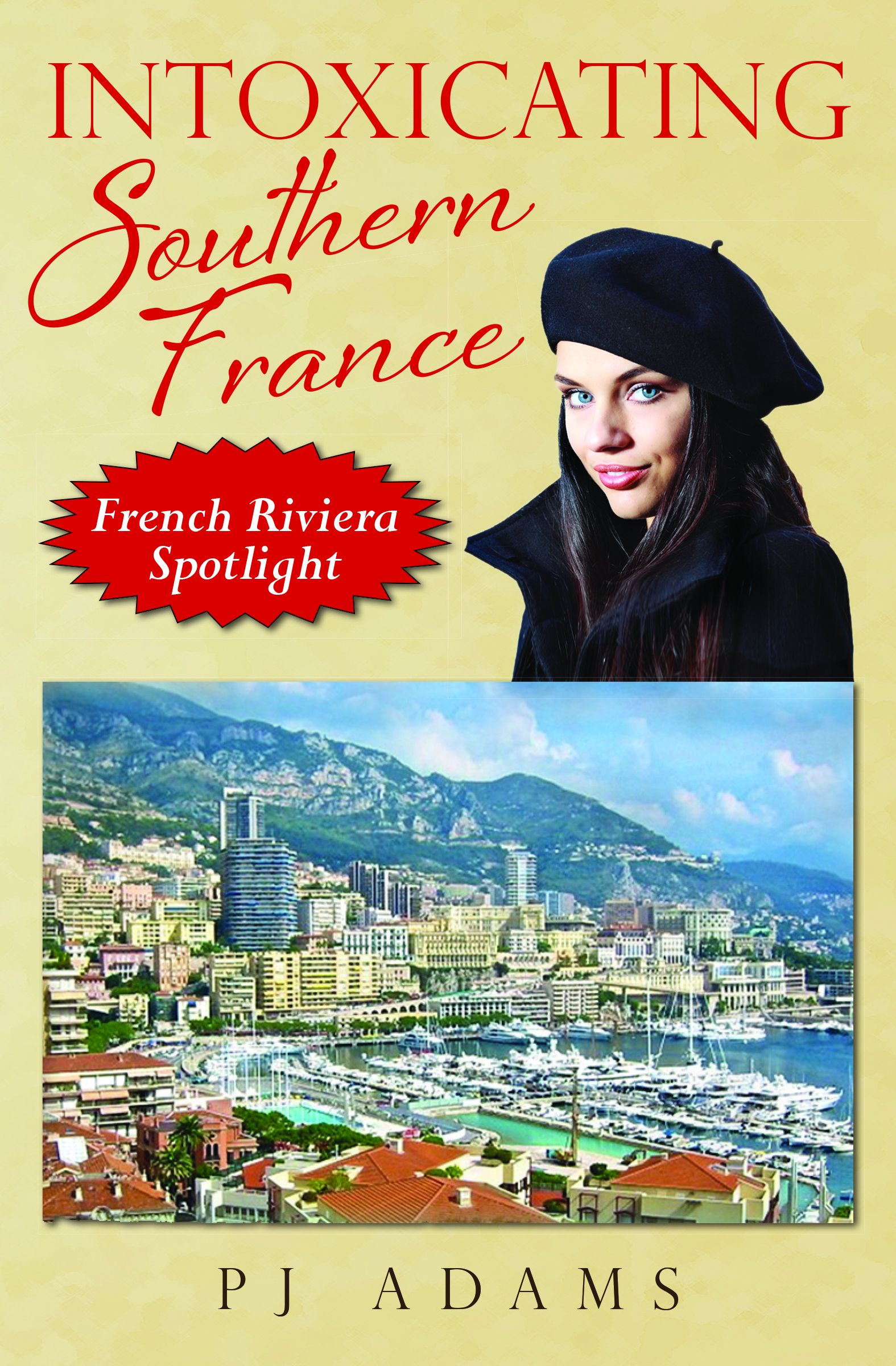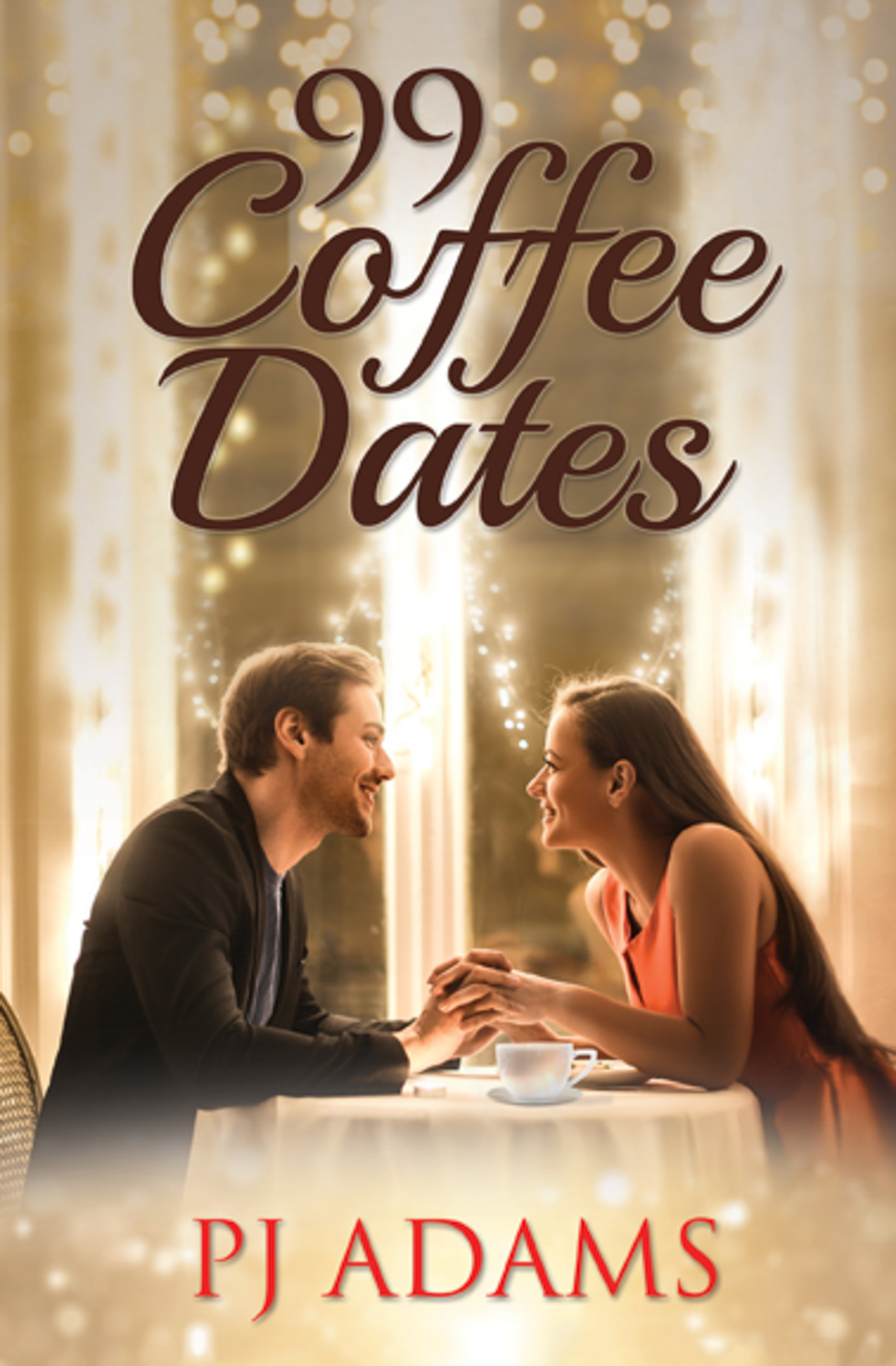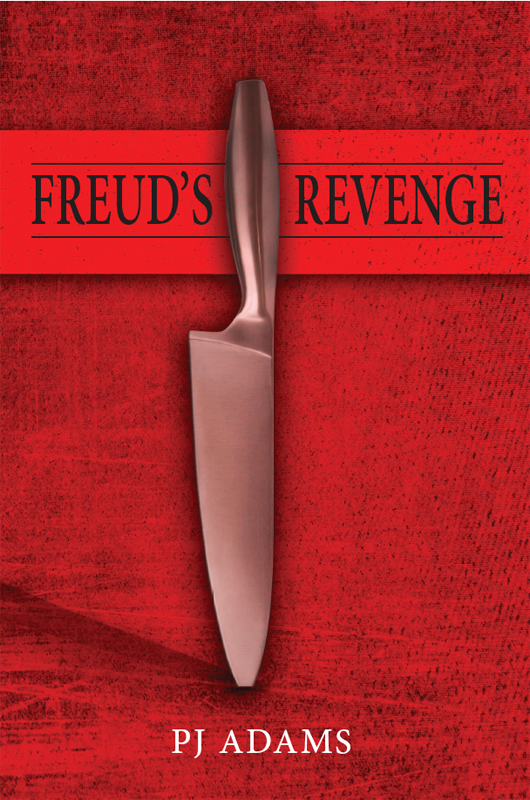Wine Tasting Bordeaux Style, Part One
/L'Intendant Grands Vins de Bordeaux (wine store), Bordeaux
When I first made my way to Bordeaux in Southwestern France, I drove in from Barcelona, Spain. I sped west toward along the fantastic superhighway that stretches across southern France. My little Citroën soon entered the Bordeaux region via small roads cutting through the wine fields of Saint-Émilion.
Grapes!
I was enveloped immediately by ripe grape aromas and an earthy smell that hinted at dark soil, freshly mowed grass, and fermenting juices. As I passed by wine château (estates) and the local rivers that bring a palpable moistness to the area, it felt like ripe molecules were practically seeping into my pores. This is one of the most famous wine regions in the world to visit. And it does not disappoint, especially when you get to sample the liquid delights of a region that produces some of the most famous wines on the planet.
Château Rauzan-Ségla, Margaux appellation
Bordeaux and Saint-Emilion nearby were not always the bustling wine regions they are today, however. The town had been settled by the British in the 1300s due to the Henry II connection through his landed bride, Eleanor of Aquitaine. (Lucky girl: she inherited a third of France which included Bordeaux!). The seaport city Bordeaux thrived, but the land around it was mostly unusable swamp land except for Saint-Émilion to the east. Here, British wine merchants began transporting rough wines to awaiting vessels for delivering to the thirsty French/British royals who eventually sat on the throne in England (and who were the ones who could afford it).
By the 16th century the enterprising Dutch saw a golden opportunity for fun and profit in the area. They partnered with the British merchants and figured out how to drain the unusable, mosquito-ridden Bordeaux bogs through a series of dikes and pumping stations. In doing so, they not only created a better transportation route for all that rich wine, they also created more land for vines. (You can still see this system of dikes and pumping stations in operation today across Bordeaux.)
British and Irish negotiants, or “wine packagers,” became the main wine brokers for these precious wines. They created a market for high- and moderately-priced versions of the delicious vintages worldwide. Many of them still operate to this day. As the region’s wines gained prestige, the first classifications of wine were drafted in 1725. They were then expanded in 1855 with the elite grands crus classifications known today. Fast forward to 2019 and beyond: you can visit many of the top tiered vintners (but for the most part, you will need a local wine guide and a pre-booked reservation). And of course many of the more moderate producers will welcome you for a taste and a tour as you meander by coach, car, or even bicycle.
Grands Crus Wine Classifications
How to gain access, whether your French is sparse or even nonexistent? Visitors of any language can taste and buy wine in a number of venues here, from pricey to downright cheap. (Yes, on some grocery store shelves you can actually buy a bottle of this heady stuff for 5 euros. But buyer beware: it’s their version of Two Buck Chuck. If you are flush, try some Château Margaux or other top-tier vintages for $1000+ a bottle at a wine shop).
Americans will love the fact that even Thomas Jefferson came for a taste! While serving in Paris as ambassador to France, he ambled down to Bordeaux on horseback in 1787, sampling wines all over the region. Later, he journeyed home to Virginia and compiled his own guide to the Bordeaux vineyards. He particularly enjoyed Château Rauzan-Ségla’s wines (pictured) and ordered several cases to ship to America. Jefferson is known today as “America’s first wine connoisseur.” (Château Kirwan, one of my favorite grands crus estates, has a picture of Jefferson in the tasting room; he particularly enjoyed their cabernets.)
For moderately priced tastings, there are several options. One is to visit one of the tourist offices in Bordeaux or Saint-Emilion and pick up a wine map and tour listing. Then, you can meander the various areas yourself, stopping in at various estates that have an open-for-tasting sign (but many are closed on weekends) or arrange a tour. A low-cost, low-hassle way to visit some of the estates is to take a wine bus tours via the Bordeaux Office du Tourism. They offer multiple wine touring offerings a day.
For wine lovers who seek a more personalized approach, you can book specific estate reservations yourself online, have the concierge at your accommodation do it for you, or hire a reputable wine guide for you. I’ve done all three and each has it’s advantages. A word here about tasting wine in France. The French tend to be very formal; they prefer visitors make reservations or appear with a local wine guide. If you appear in a group tourist bus or tour like those of Viator, you will certainly have a fun wine tasting but you will have a group experience.
My best experiences have been with a wine guide or pre-arranged reservations that include a tasting, vineyard tour, barrel or cave visit, and personalized presentation on the wines of the particular estate. Many of these offer discounts on wine purchases too. Here are some links for wine guides and tours: ToursbyLocals, GetYourGuide, TripAdvisor. (Always read the reviews and research the specific wineries if you can before you book.) Additionally, here’s a nicely detailed article on the Bordeaux wine by The Wine Cellar Insider.
Bordeaux wine guide
In Part Two of this article, I will detail three of my personalized wine visits to Château Kirwan, Château Gruad-Larose, and Château Pontet-Canet, all part of the top-tiered grands crus classés estates.





